Tag: posterior thorax
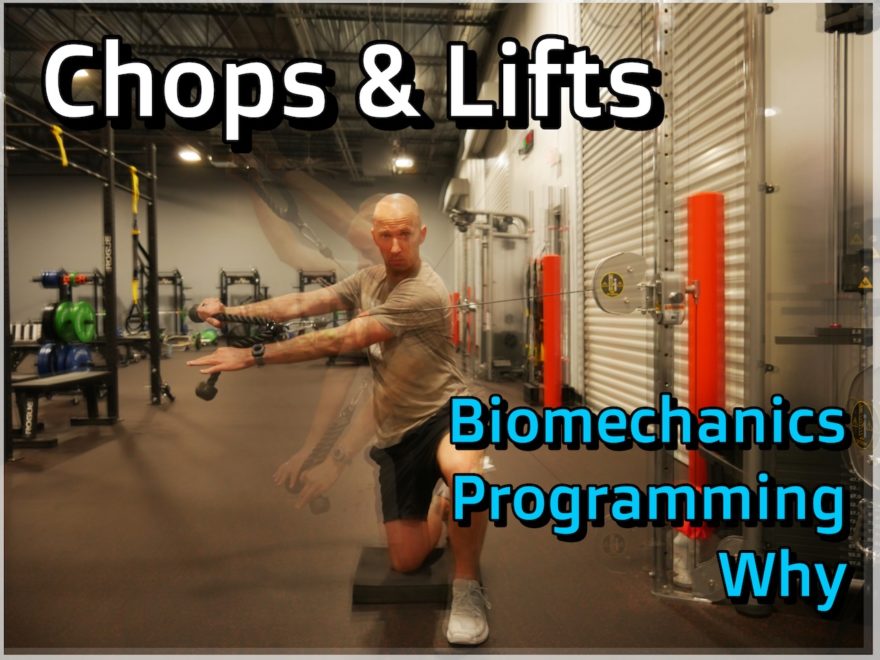
How to Program Chops and Lifts
Chops and lifts are great exercises, but do you ever ask why they are so great?
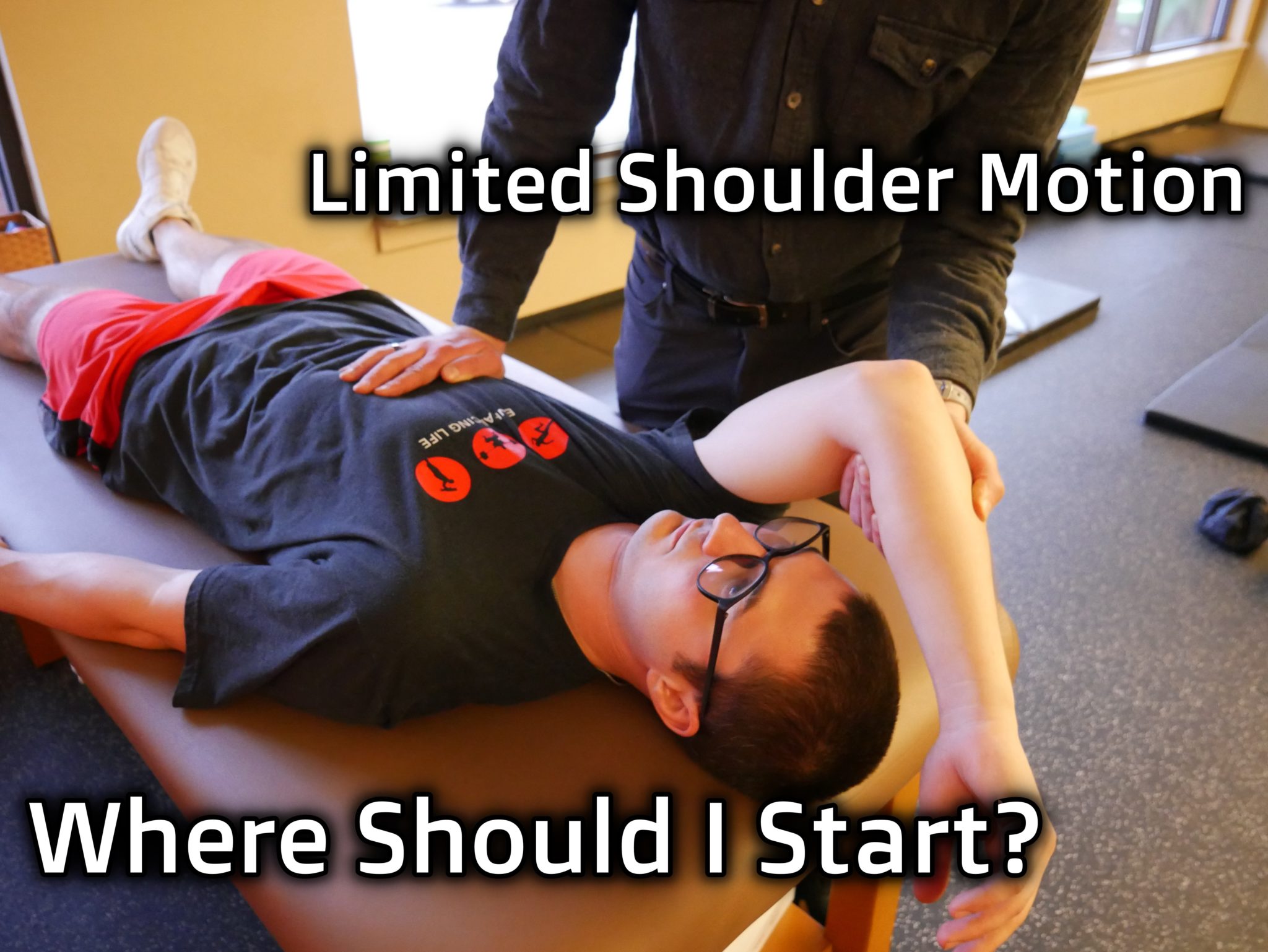
Limited Shoulder Motion, Where Should I Start?
You have someone who is limited with several different shoulder mobility measures, which should you tackle first? Find out in…

Shoulder Flexion Troubleshooting
Can’t get overhead? Let’s figure out how! If you can raise your arm fully overhead WITHOUT compensating, don’t read any…
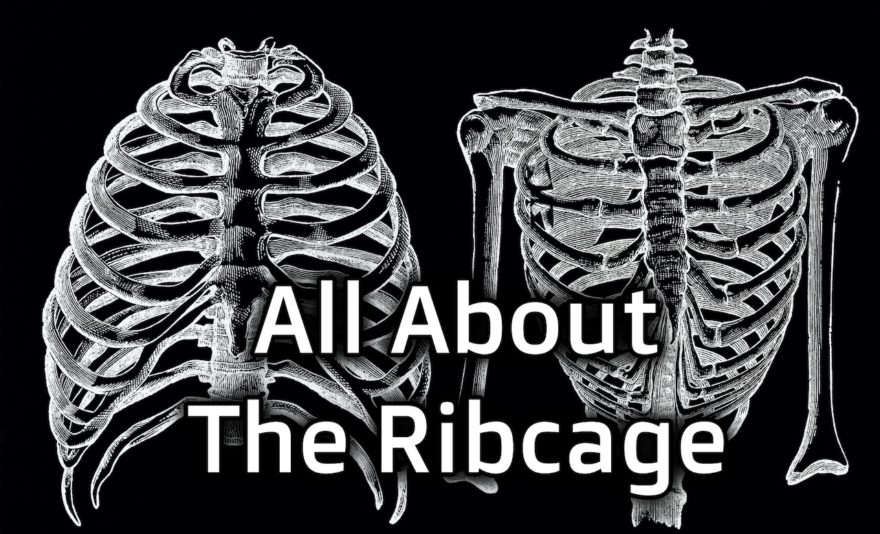
All About the Ribcage
Learn how reaching and improve upper body mobility Movement Debrief Episode 117 is in the books. Below is a copy…
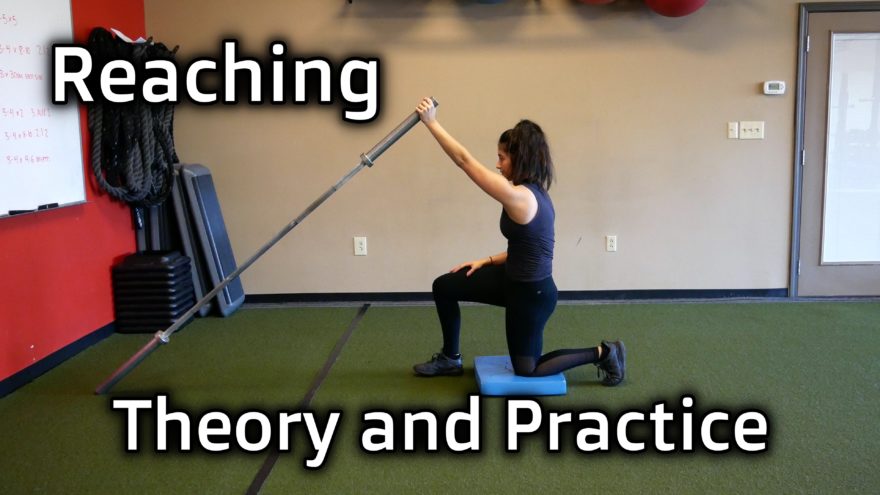
Reaching: Theory and Practice
Learn how reaching and improve upper body mobility Movement Debrief Episode 116 is in the books. Below is a copy…
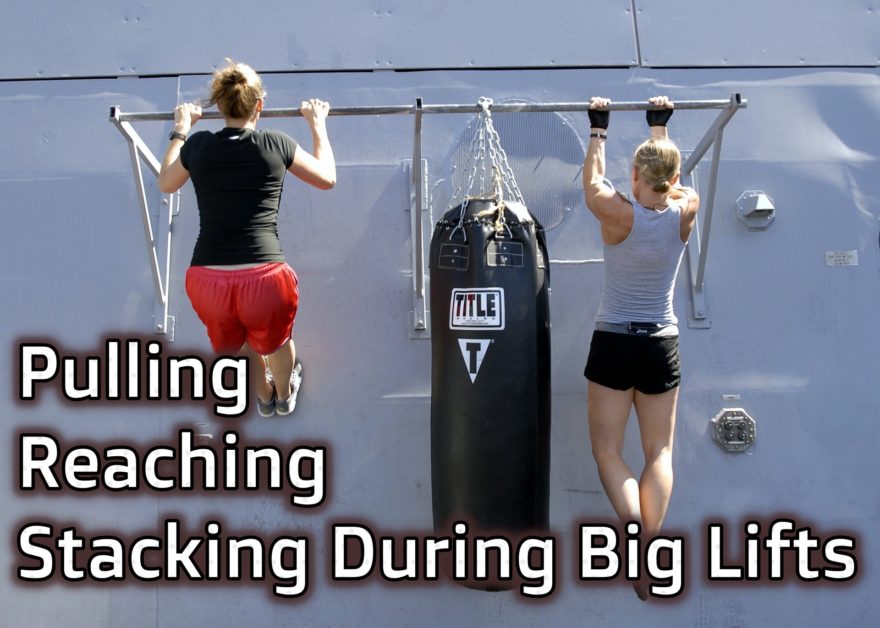
Pulling, Reaching, and Stacking During Big Lifts – Movement Debrief Episode 107
Movement Debrief Episode 107 is in the books. Below is a copy of the video for your viewing pleasure, and…

Pecs, Extreme Postures, and Foam Rolling – Movement Debrief Episode 81
Movement Debrief Episode 81 is in the books. Below is a copy of the video for your viewing pleasure, and…

Perfect Posture, Excessive Knee Bend, and SFMA – Movement Debrief Episode 68
Movement Debrief Episode 68 is in the books. Below is a copy of the video for your viewing pleasure, and…

Breathing, Thoracic Spine, and When it’s Safe to Load – Movement Debrief Episode 63
Movement Debrief Episode 63 is in the books. Below is a copy of the video for your viewing pleasure, and…

Reaching, TMJ and Neck, and Pooch Belly – Movement Debrief Episode 61
Movement Debrief Episode 61 is in the books. Below is a copy of the video for your viewing pleasure, and…
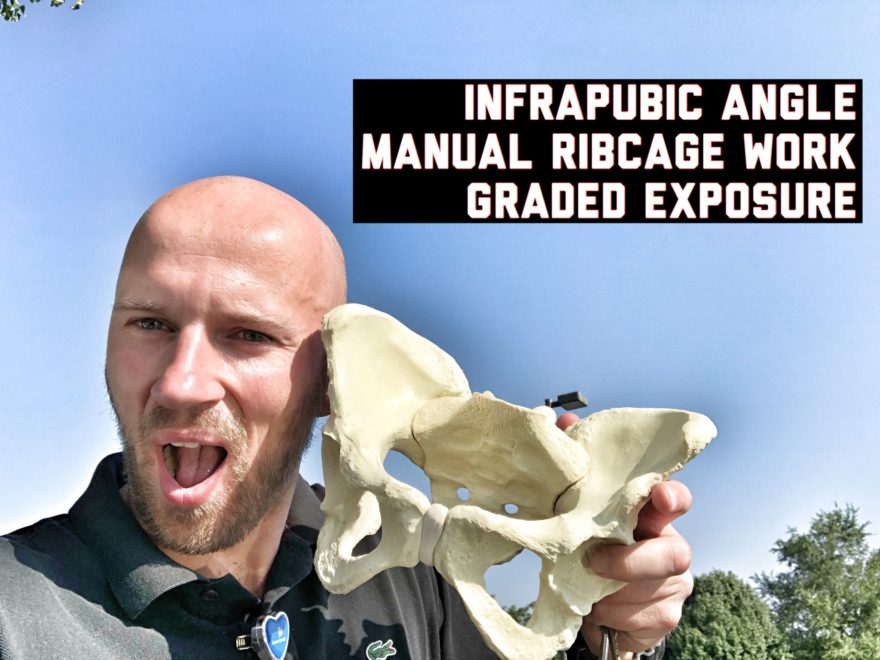
Infrapubic Angle, Manual Ribcage Work, and Graded Exposure – Movement Debrief Episode 60
Movement Debrief Episode 60 is in the books. Below is a copy of the video for your viewing pleasure, and…
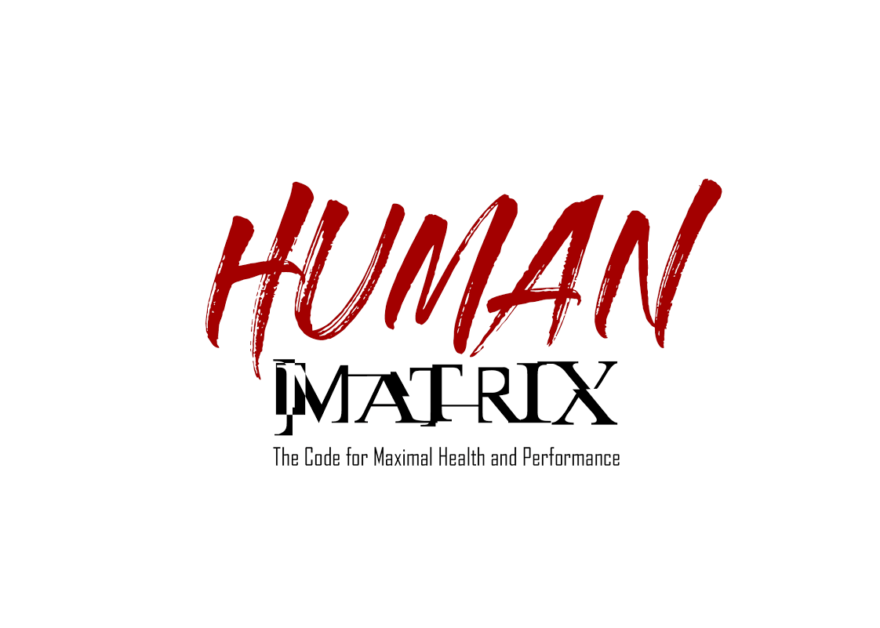
Learn Normal Respiratory Mechanics from the Human Matrix Manual
Do you… Have patients who hurt multiple areas and are unsure where to start? Have training clients who can’t perform…
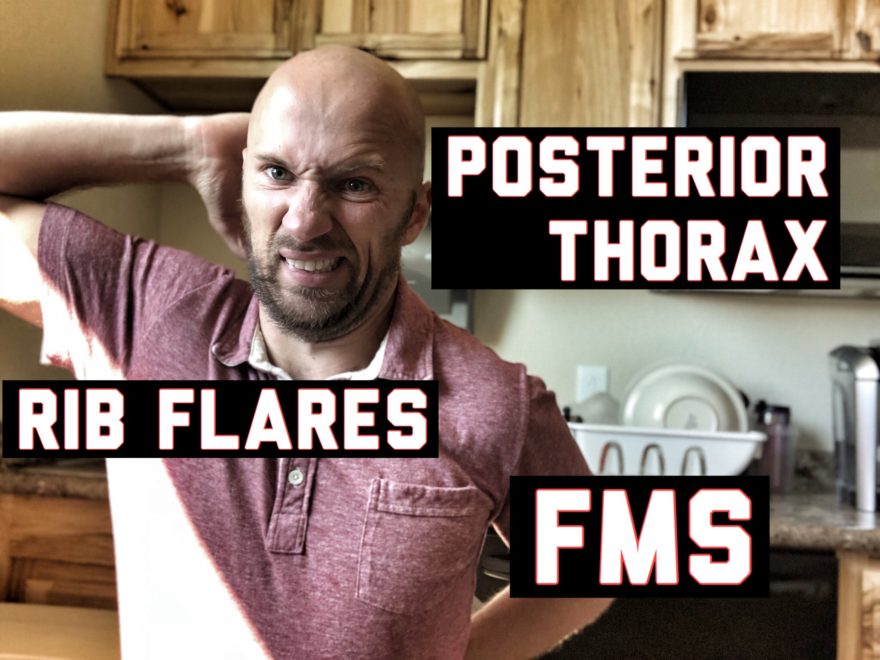
Rib Flares, Posterior Thorax, and FMS – Movement Debrief Episode 52
Movement Debrief Episode 52 is in the books. Below is a copy of the video for your viewing pleasure, and…
